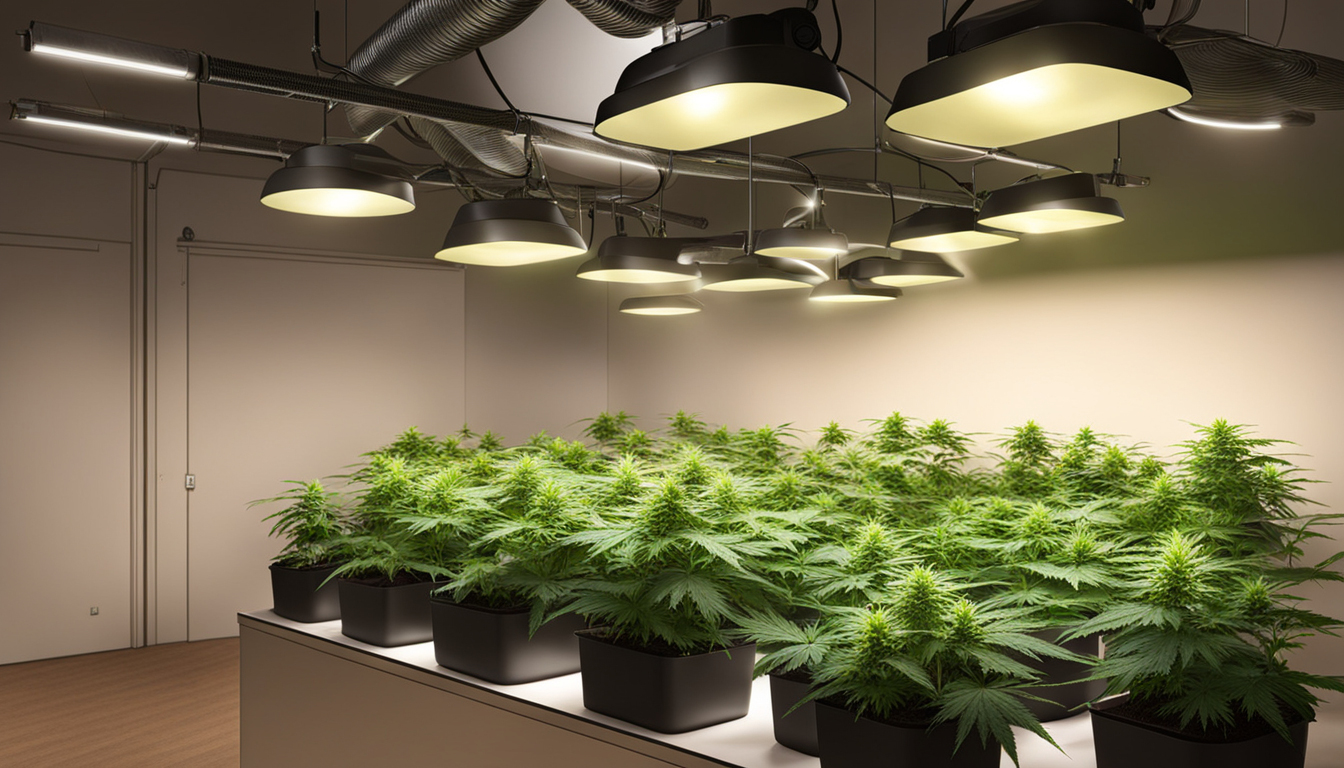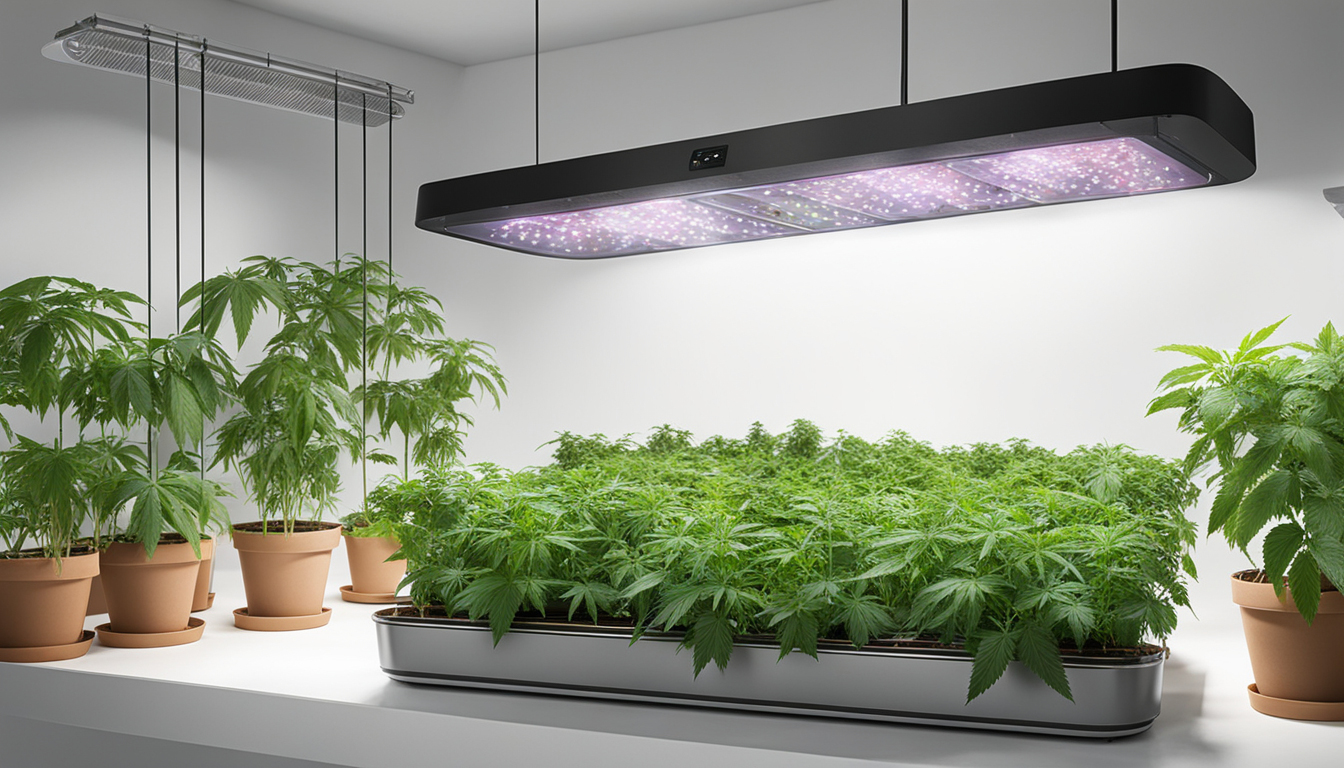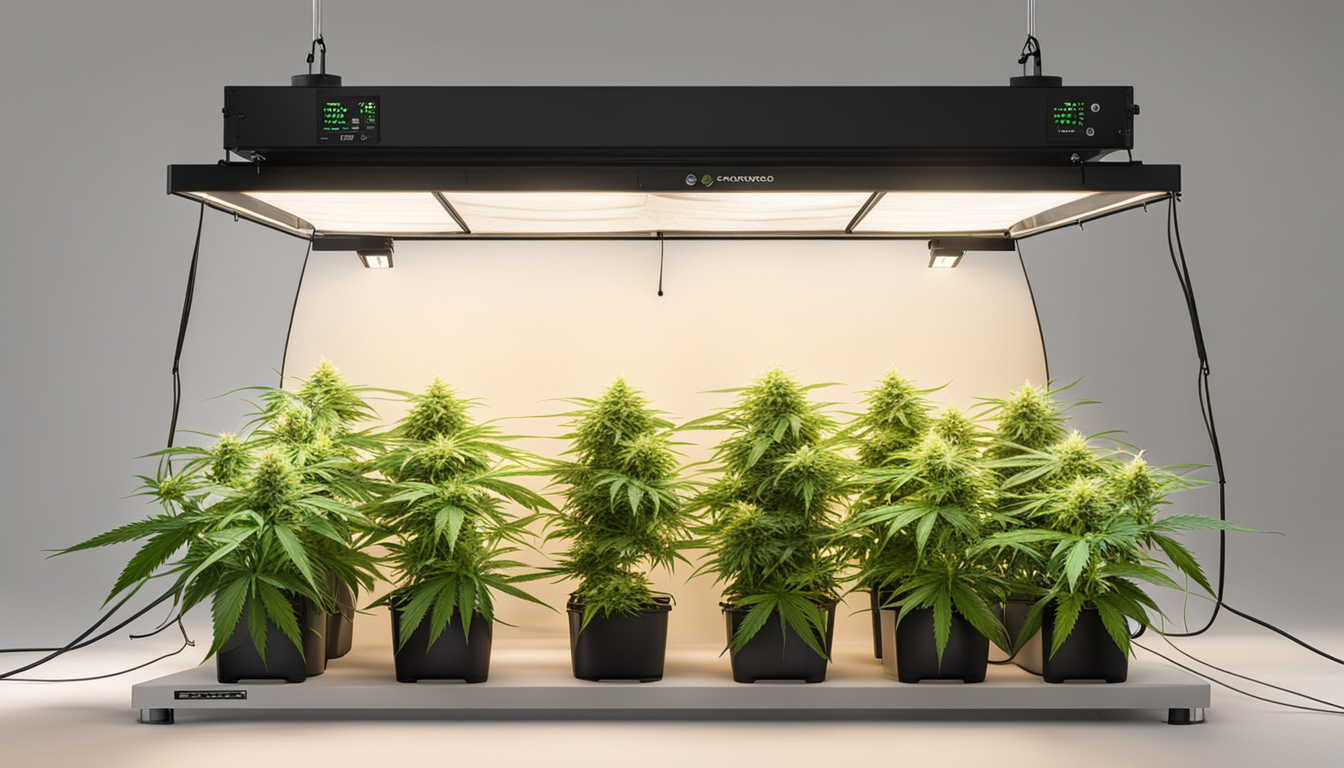
Whether you're just starting out with weed growing or looking to improve your existing grow, following this complete guide will help you produce large, high-quality yields right at home. With the right equipment, strategies, and attention, cultivating marijuana indoors can be an extremely satisfying and cost-effective endeavor.
Choosing Marijuana Strains
The first step in planning your indoor grow is picking the right cannabis cultivars to produce. The three main types of pot plants each have their own qualities.
Energizing strains
Known for their uplifting mental effects, sativas spread tall and slender with narrow leaves. They flourish in hotter equatorial climates and have a longer flowering time between 10-12 weeks indoors. Top sativa strains include Sour Diesel, Durban Poison, and Jack Herer.
Indicas
Indicas provide relaxing body-focused effects and spread short and bushy with wide leaves. Adapted to cooler mountain climates, they bloom faster within 2-2.25 months. Popular relaxing strains include Northern Lights, Bubba Kush, and Bubba Kush.
Mixed strains
Hybrid strains blend traits from both energizing strains and relaxing strains. They offer blended effects and have moderate flowering times around 2.25-2.5 months. Well-known hybrids are OG Kush, Girl Scout Cookies, and Blue Dream.

Setting Up Your Cultivation Space
Marijuana plants need the right controlled environment to flourish. Key factors for indoor cultivations are lighting, ventilation, layout, and finding the ideal discreet area.
Location
Choose an unused space with direct access to water and power outlets. An empty extra bedroom, unused closet, basement corner, or grow tent locked away in a garage all make great hidden cultivation room spots.
Lighting
Pot requires intense light for all vegetative stages. LED grow lights are efficient and come in full spectrum options simulating natural sunlight. Cover 15-25 watts per square foot for the growth stage and 20-40 watts per sq. ft. for flowering.
Airflow
Proper ventilation and exhaust systems maintain ideal temp, humidity, and pure CO2 levels. Install low-noise 4-6 inch blowers or scrubbers to refresh old air and eliminate odors.
Layout
Optimize your space by arranging plants carefully under the lights and allowing room to access and work around them. Set up distinct zones for vegetation, bloom, curing, and cloning.

Growing Mediums
Marijuana can be cultivated in various substrates, each with pros and cons. Pick a suitable option for your specific setup and cultivation style.
Soil
The traditional substrate, soil is affordable and easy for new growers. It provides excellent taste but needs more irrigation and nutrients to feed plants. Amend soil with perlite or coco to improve aeration.
Coconut coir
Made from coir, renewable coco coir retains water but still allows air to the roots. It's more sterile and more consistent than soil. Use coir-specific fertilizers to prevent calcium buildup.
Hydroponics
In hydro systems, plant roots grow directly in fertilizer water solution. This allows rapid growth but needs close observation of solution properties. DWC and irrigation systems are popular methods.
Sprouting Seeds
Sprouting prepares your pot seeds to start growing radicles. This readies them for transplanting into their growing medium.
Paper Towel Method
Place seeds between damp paper towels and keep them damp. Inspect after a week for emerging radicles showing sprouting is complete.
Planting directly
Insert seeds right into wetted cultivation medium 6mm deep. Gently water and wait 7-14 days until seedlings break through the top.
Cubic rockwool
Soak cubic rockwool starters in pH-adjusted water. Place seeds 6mm deep into the cubes. Keep cubes moist until seedlings appear within Watch Now a week to 2 weeks.
Transplanting Seedlings
Once germinated, pot young plants need to be repotted to prevent crowding. Move them into proper sized containers.
Preparing Containers
Fill final containers with cultivation medium enriched with time-released nutrients. Allow pots to soak up water for 8-12 hours before repotting.
Carefully Transplanting
Gently separate young roots from sprouting medium using a spoon. Place into pre-soaked pot at equal depth as before and lightly water in.
Vegetative Stage
The vegetative stage encourages foliage and plant form through 18-24 hours of daily light intensity. This stage usually lasts 1-2 months.
Providing 18-24 Hours of Lighting
Use lamps on a 24 daily cycle or natural sunlight to initiate nonstop growth. Light intensity influences height and internodal spacing.
Nutrients
Use vegetative stage nutrients higher in N. Make sure pH remains around 6.5 for proper fertilizer uptake. Fertilize 1⁄4 to 1⁄2 strength after 2 weeks and strengthen slowly.
Training Techniques
Topping, low stress training, and trellising direct growth patterns for flat foliage. This boosts yields.

Bloom Stage
The blooming stage develops buds as plants reveal their sex under a 12/12 cycle schedule. It lasts 2-3 months depending on variety.
Changing Light Schedule
Change grow lights to 12 hours on, 12 hours off or move outside for natural 12 hour cycle. This signals plants to begin blooming.
Stop Fertilizing
Leaching flushes out nutrient salts to improve flavor. Feed weakly the first period then just use plain water the last 2 weeks.
Flushing
Continue 12 hour photoperiod but leach using pH-balanced water only. Resume clean watering if buds aren't ripe after two weeks.
Harvesting
Recognizing when cannabis is fully ripe delivers maximum potency and aroma. Harvest plants at peak ripeness.
Identifying Ripeness
Check swollen calyxes, faded pistils, and 5-15% amber trichomes. Check buds around the plant as they don't all ripen evenly.
Harvesting plants
Use clean, sharp trimming scissors to carefully cut each plant at the base. Keep several inches of stalk attached.
Drying
Suspend whole plants or colas upside down in a lightless room with average temperature and RH around 50-60% for 7-14 days.
Aging
Curing continues desiccating while aging the buds like aged spirits. This technique smooths harshness and intensifies cannabinoid contents.
Jars and Humidity
Manicure cured buds from stems and place into sealed containers, filling about 3⁄4 full. Use a sensor to measure jar moisture.
Burping Daily
Unseal jars for a few hours each day to slowly lower moisture. Remoisten buds if RH goes under 55%.
Final Cure
After 14-21 days when moisture stabilizes around 55-65%, do a last trim and store forever in airtight jars.
Common Problems and Solutions
Even experienced cultivators run into different weed plant problems. Identify problems soon and address them properly to keep a vibrant garden.
Nutrient Deficiencies
Yellowing leaves often signify insufficient nitrogen. Anthocyanins and leaves signal low phosphorus. Check pH and increase nutrients slowly.
Bugs
Spider mites, fungus gnats, mites, and root aphids are frequent weed pests. Use neem oil sprays, ladybugs, and yellow traps for organic control.
Mold
High humidity encourages botrytis and root rot. Increase circulation and venting while reducing humidity below 50% during bloom.

Conclusion
With this complete indoor cannabis cultivation guide, you now have the knowledge to cultivate bountiful strong buds for private harvests. Follow these steps and techniques during the germination, growth, and bloom stages. Invest in quality gear and closely check on your plants. In time, you'll be compensated with frosty aromatic buds you grew yourself under the patient guidance of your green hands. Good luck cultivating!